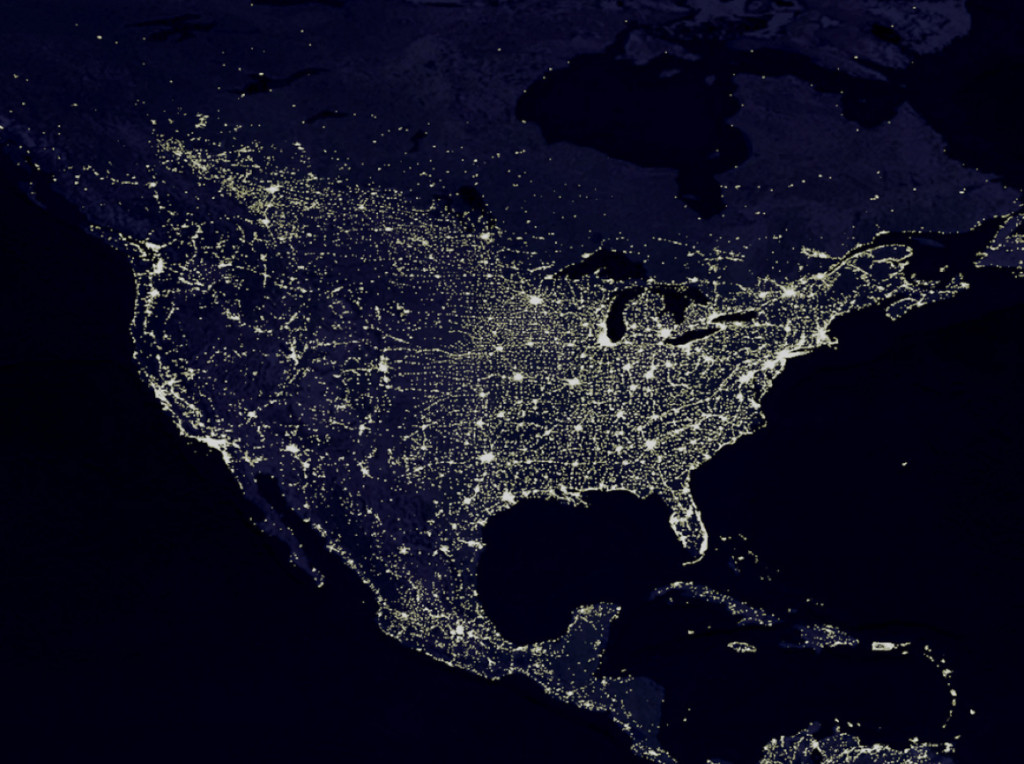The Brooklyn Quarterly #3: Cities
Reading the Language of Cities
The city-state. Metropolis. Urban space.
Where you live. Where you do not live. Where you vow never to live again. They go by different names and their identities have shifted over time, but cities continue to mirror and shape our networks of social and cultural relations.
What do we, with the content of this issue, talk about when we talk about cities?
We talk about our name. Brooklyn is the anchor for our endeavors not simply for its own “proud and continuing history of openness and diversity, opportunity and invention” but because its tradition as a “city that welcomes and harbors the immigrant and the dissident, the struggling and the ambitious” is on display in other cities across the country and around the world. For us, Brooklyn is place, space, and metaphor.
We talk about space and social change. Cities are inextricably linked to the ideas, problems, and ideologies of physical and emotional space, most visible in the contests between absence and presence, erasure and imposition, that arise in response to words like development, transportation, conservation, or gentrification. No matter where we step on the streets New York, London, Mumbai, Cairo, or São Paulo, our feet brush over the figurative (and in some cases, literal) graves of places and people now lost, invisible. In her essay, “Relingos: The Cartography of Empty Spaces,” novelist Valeria Luiselli articulates these “urban absences” in Mexico City:
“On the Paseo de la Reforma, that grand avenue simulating the entrance to an imperial Mexico City that of course no longer exists, there’s a quadrangle of tiny absences, small plazas, where once there were things that are now only gaps. As if the perfect, majestic smile of Madame de la Reforma now lacked a number of teeth. Only God and perhaps Salvador Novo—modernist chronicler of the city—know what was there before the appearance of those empty spaces.”
Or, as Rebecca Solnit puts it in her conversation with Anisse Gross, “Change is inevitable, the nature of that change is human-made, and with it goes the responsibility to acknowledge that reality.”
Michele Filgate and Will Butler write about fear. In her essay for this issue, Filgate names fear and fearlessness as “the same side of the coin” in cities and rejects the suggestion that fear is a gendered principle, inherently attached to women as they move within and among urban spaces. Fear takes a different guise in Butler’s reporting on surveillance in Oakland: it works to blur the lines between police power and individual privacy under the guise of keeping us safe from threat.
Senior editor Alexia Nader and urban planner Michelle Beaulieu explore policy and urban planning as they relate to cities as regionally diverse as Miami and Saint Paul.
Rebecca Solnit talks about maps, how they document our “common space” and help to reveal and sustain the best among cities’ languages: democracy nourished by the “co-existence of the strangers across differences.”
Storytellers like Corley Miller and Kristin Oakley give voice to stories of neighborhoods. And stories of those who watch over them.
We borrow our title, “Reading the Language of Cities,” from Luiselli’s description of cities and literature as mutual functions of making journeys and marking space. We offer up the collection of work in this issue as both provocation and invitation in the spirit of Luiselli’s insistence that, while “cities have often been compared to a language…the metaphor can be inverted. The journeys we make during the reading of a book trace out, in some way, the private spaces we inhabit.”
By devoting an issue to cities, we acknowledge both the growing intensity of the links and dislocations between cities and citizenship, and the crackle and thrum of their potential energy. In his 2007 book The Unfinished City, historian Thomas Bender proposes and then dismisses the notion that what distinguishes the past from the present is the imminent collapse of distances between us brought on by the ubiquity of instant communication and the rise of the global city. “At first,” he writes, “it seemed that the importance of place would be diminished to the vanishing point by cyberspace and an allegedly placeless global economy and culture. Such expectations do not, however, seem to be borne out. The persistence of place in our global age has been striking.” The “most striking” element of all, Bender contends, is how visible the “social impact of global change is…in metropolitan areas.” He poses the very question hovering in our minds as we worked to bring this issue to publication:
“Might the city—in its metropolitan form, acknowledging its embeddedness in structures larger than itself—again be the place and means for thinking oneself into politics and acting politically in the social circumstance of our time?”
On the whole, we bend cautiously toward optimism. Filmmakers and historians, politicians and planners, storytellers and mapmakers: each and all continue to seek their own languages to articulate new variations on this theme (which we hope will resonate as you read our third issue): when we talk about cities, we talk about the worst and the best of ourselves.

